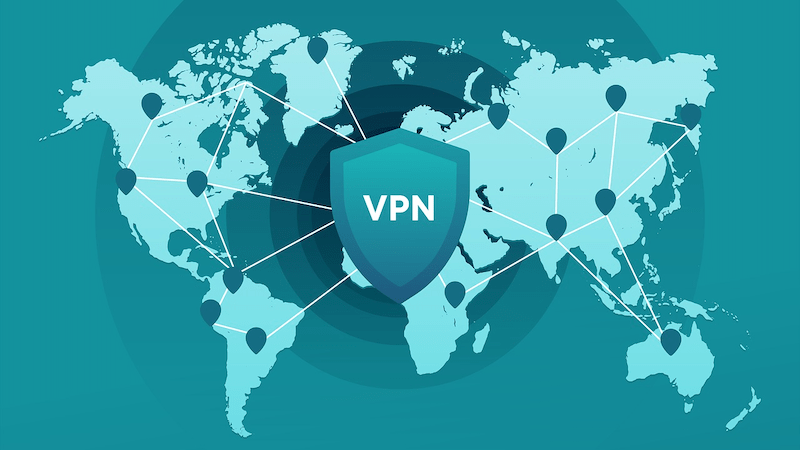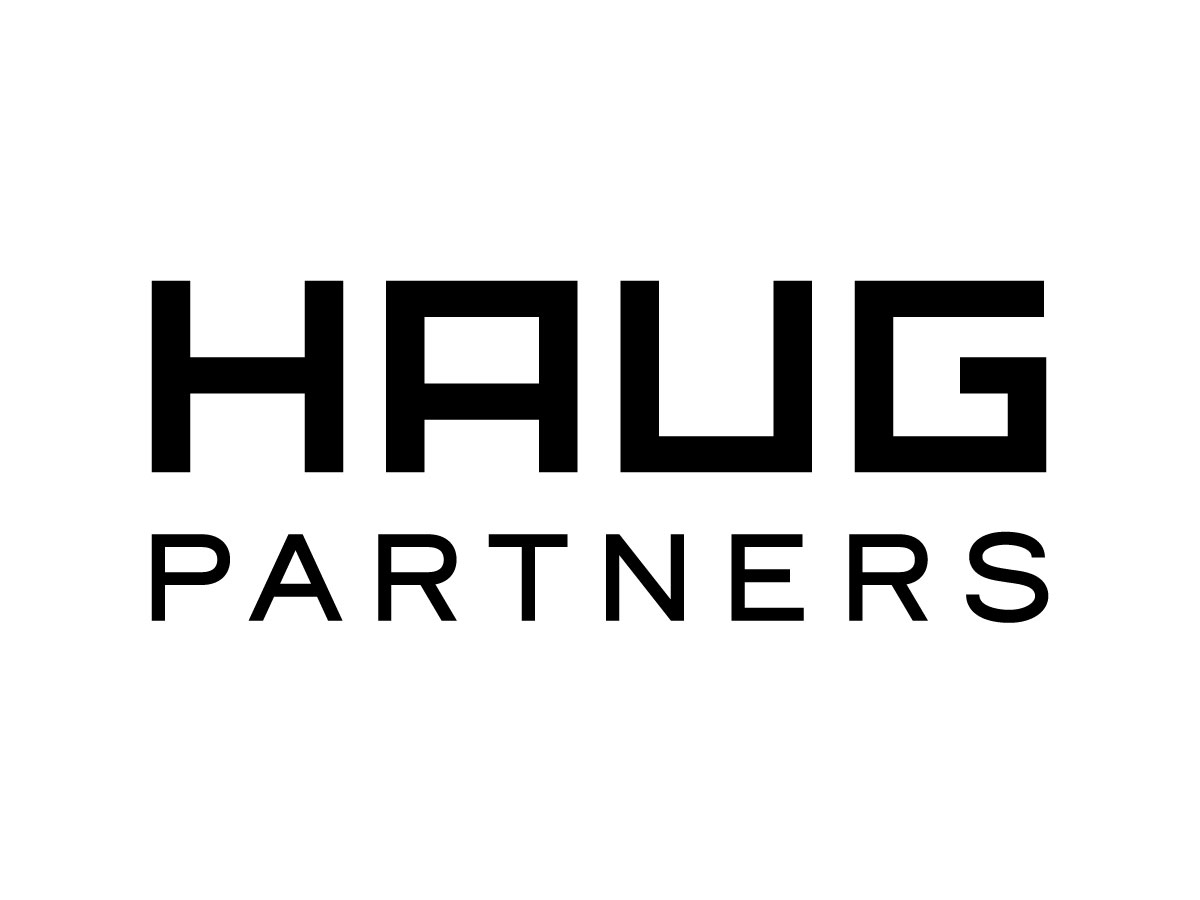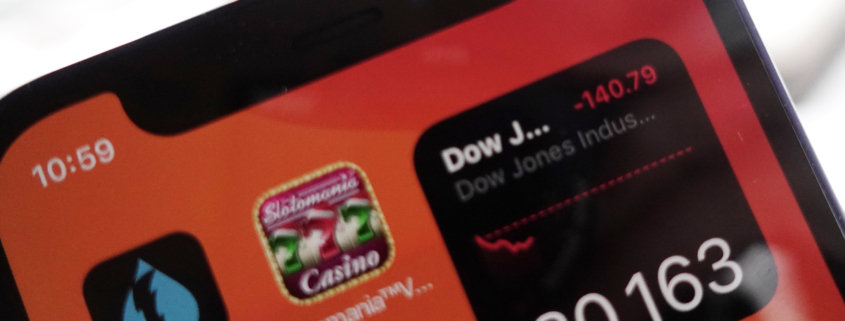Security Implications In Context Of Kashmir Region – Eurasia Review
The union territory of Jammu and Kashmir has been subjected to many internet shutdowns in recent years, including the longest ever enforced in a democracy, lasting 145 days due to the repeal of Article 370,i which granted the state special status. However, instead of entirely shutting down the internet, the government frequently slows it down while also restricting the number of sites that an individual may visit.ii
The government’s main objective has been social media, which has been put to sleep throughout the lockdowns. During this period, the Virtual Private Network (VPN) comes in handy for residents, allowing them to access government-banned websites, notably social media. This has become a major security concern since the government believes that the VPN is mostly used to spread incorrect and fabricated facts, causing societal instability while also providing information to secessionist groups, compromising national security. So, in order to prevent all of this from happening, the state has prohibited the usage of VPN services, and any person discovered engaging in this behaviour will suffer legal consequences.iii
Introduction
VPN (Virtual Private Network) refers to the ability to establish a secure network connection when utilising public networks. VPNs encrypt your internet traffic and conceal your identity online. This makes it more difficult for third parties to follow your internet activities and steal information. The encryption happens in real time. A VPN conceals your IP address by routing it through a specially configured distant server maintained by a VPN host. iv
This implies that if you use a VPN to access the web, the VPN server becomes the source of your data. This means that your ISP and other third parties cannot know which websites you visit or what data you transmit and receive online. A VPN acts as a filter, converting all of your data into “gibberish.v” Even if someone were to obtain your data, it would be worthless. The VPN boom in Kashmir finds its genesis in various lockdowns which puts a haul in normalcy of day-to-day activities. The exponential rise in use of VPN was seen after the abrogation of article 370 of the Indian constitution when…



